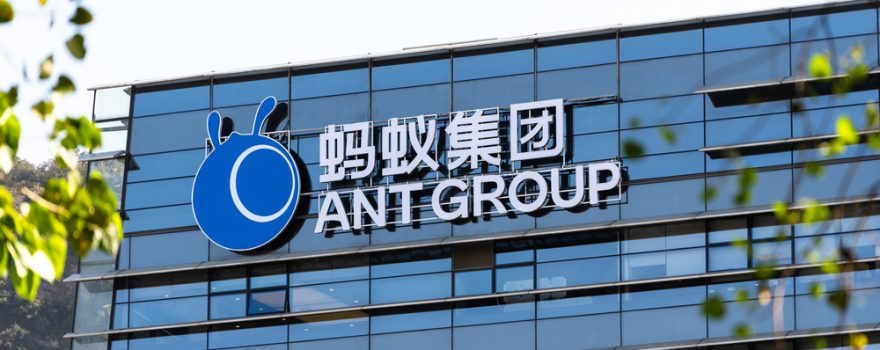
Jack Ma-backed Ant Group has made a significant breakthrough in artificial intelligence by successfully training large language models (LLMs) using domestically produced Chinese semiconductors. This innovation has reportedly reduced AI training costs by 20%, marking a crucial step in China’s quest for self-sufficiency in AI technology.
Ant Group Develops AI Models Without Premium GPUs
According to sources familiar with the matter, Ant Group utilized chips from Alibaba Group Holding Ltd. and Huawei Technologies Co. to train AI models using the Mixture of Experts (MoE) approach. This technique enables AI training at a fraction of the cost typically associated with high-performance GPUs, such as Nvidia’s H800—currently restricted from export to China by U.S. trade regulations.
Despite still employing Nvidia’s technology, Ant Group is shifting toward alternatives, including Advanced Micro Devices Inc. (AMD) chips and other locally produced semiconductors. This move positions the company as a leader in China’s efforts to develop AI models that do not rely on premium foreign hardware.
Competing with Global AI Leaders
Ant Group’s AI development signals its entry into a global race for AI supremacy, where cost-effective models are gaining prominence. Companies like OpenAI and Google have invested billions in AI research, while DeepSeek has demonstrated that powerful AI models can be trained at a lower cost. Ant’s research claims that its models occasionally outperform Meta Platforms Inc.’s AI benchmarks, a development that, if verified, could revolutionize China’s AI sector.
Applications in Healthcare and Finance
Ant Group plans to leverage its recent AI advancements, including the large language models Ling-Plus and Ling-Lite, for industrial applications such as healthcare and finance. The company recently acquired Chinese medical platform Haodf.com to bolster its AI-driven healthcare services.
On Monday, Ant announced that its healthcare-focused AI models were already being utilized by seven hospitals and medical institutions in Beijing and Shanghai. The models integrate with DeepSeek R1, Alibaba’s Qwen, and Ant’s proprietary AI to provide medical consultancy and predictive analysis.
The company has also introduced two AI-powered medical agents: Angel, which has already assisted more than 1,000 medical facilities, and Yibaoer, which specializes in medical insurance services. Additionally, Ant launched an AI Healthcare Manager service within its Alipay platform last September, further solidifying its presence in the medical AI space.
Cost Efficiency in AI Training
A key factor behind Ant Group’s AI innovation is its cost-efficient training model. The company reported that training 1 trillion tokens using high-performance hardware typically costs about 6.35 million yuan ($880,000). However, Ant’s optimized methodology, which relies on lower-specification hardware, reduces the cost to 5.1 million yuan—a significant reduction that underscores the potential for cost-effective AI deployment.
AI Expansion Amid Global Competition
Ant Group’s AI research paper highlights China’s rapid progress in artificial intelligence, challenging the dominance of U.S. firms. The push for domestic AI solutions comes as companies look to mitigate the impact of U.S. export restrictions on advanced chips. By developing efficient AI models that rely on locally sourced hardware, Ant Group is paving the way for broader adoption of AI across industries in China.
Despite Nvidia’s stance that demand for high-performance computing will continue to grow, Ant’s approach contradicts the notion that better AI models must necessarily require premium GPUs. Instead, the company’s focus on optimized AI development aligns with a global trend toward cost-efficient AI solutions.
For further details, read the full report on Bloomberg.

 Get in Touch
Get in Touch 


